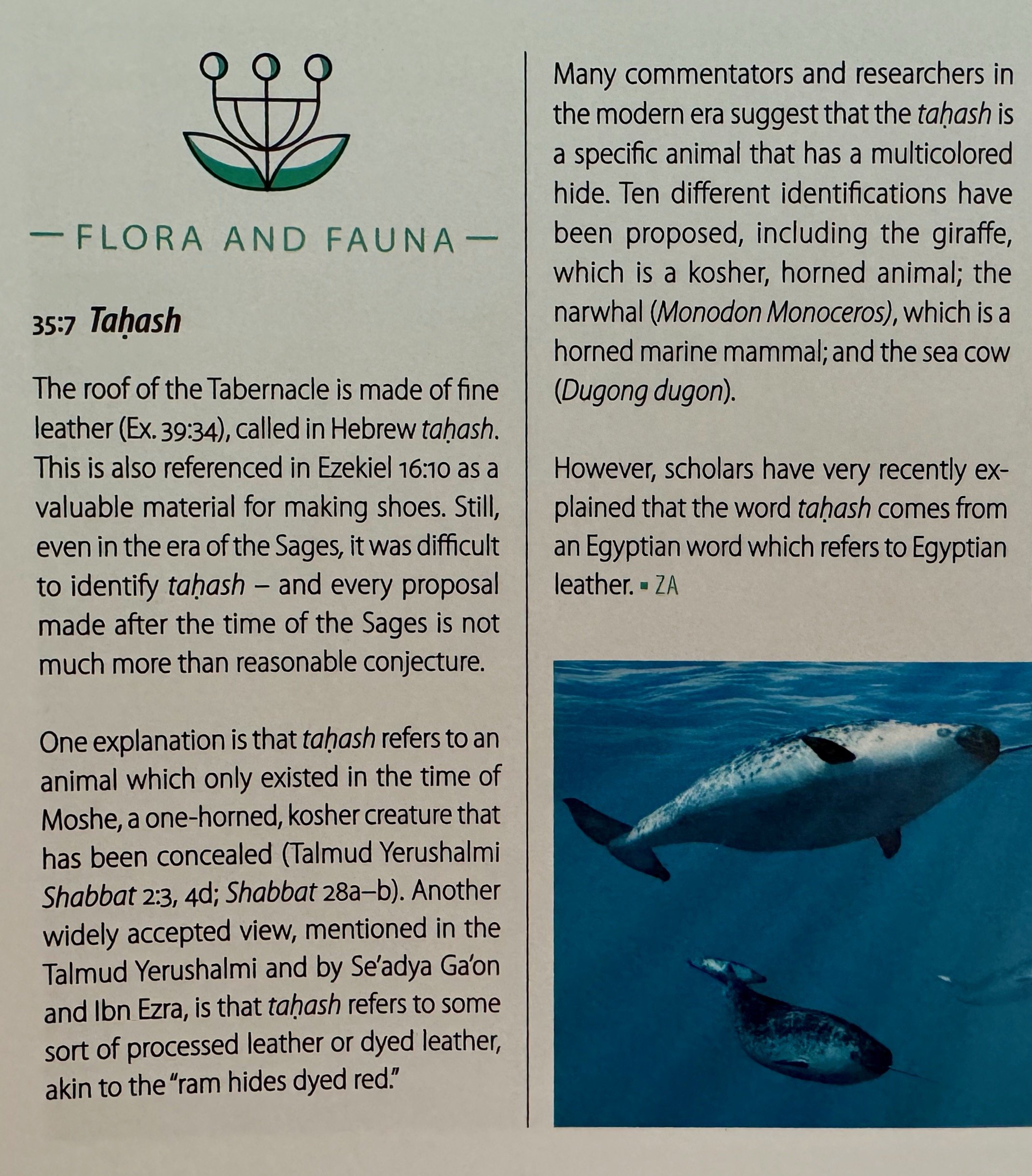This post is for the page of Talmud to be studied on the Second Day of Shavuot (or Thursday, as it is called in Israel.)
Print it up now and enjoy (or wait till Thursday and read it then).
בבא מציעא קו, ב
ועד אימת אמר רב פפא עד דאתו אריסי מדברא וקיימא כימה ארישייהו
Until when is it considered to be the planting season? Rav Pappa said until the season when sharecroppers come in from the field and Kimah is overhead. [Bava Metzia 106b]
In today's page of Talmud, Rav Pappa, who lived near the Iraqi town of Sura, used the presence of Kimah overhead as a marker of the planting season. Which of course raises the question of what, precisely, he meant by the term Kimah.
A color-composite image of the Pleiades from the Digitized Sky Survey ...
...and now in Hebrew.
Just what, and where, is Kimah?
The term Kimah (כימה) appears three times in the Bible. Here they are, along with the JPS translation.
עמוס ה', ח
עֹשֵׂה כִימָה וּכְסִיל, וְהֹפֵךְ לַבֹּקֶר צַלְמָוֶת, וְיוֹם, לַיְלָה הֶחְשִׁיךְ
Him that maketh the Pleiades and Orion, And bringeth on the shadow of death in the morning, And darkeneth the day into night.
איוב ט', ט
עֹשֶׂה-עָשׁ, כְּסִיל וְכִימָה; וְחַדְרֵי תֵמָן
Who maketh the Bear, Orion, and the Pleiades, And the chambers of the south.
איוב ל"ח, ל"א-ל"ב
הַתְקַשֵּׁר, מַעֲדַנּוֹת כִּימָה; אוֹ-מֹשְׁכוֹת כְּסִיל תְּפַתֵּחַ
Canst thou bind the chains of the Pleiades, Or loose the bands of Orion?
But none of these verses in their original help us understand where in the sky Kimah can be found. Back in 1982, Chaim Milikowski, now a professor of Talmud at Bar-Ilan University, published a paper with the catchy title of Kima and the Flood in Seder 'Olam and B.T. Rosh Ha-Shana. Stellar Time-Reckoning and Uranography in Rabbinic Literature. Here's what he says about the word Kimah:
... there is no doubt that it refers to a star or configuration of stars. It is generally taken to be the Pleiades, but various scholars have also suggested Sirius, Scorpio and Draco. Unfortunately, in none of its occurrences can kima be identified on the basis of
its context, nor does it appear in any contemporaneous cognate language. The identification of kima as Pleiades is based upon two considerations,neither conclusive.The Septuagint to Job 38:31 translates kima as Pleiades, as does also Symmachus and the Vulgate. However, at Amos 5:8, while Symmachus and Theodotion have Pleiades, Aquila and the Vulgate have no material contemporaneous ...but it does occasionally appear in the Babylonian Talmud and in the midrashim. A number of these passages support the identification of kima as the Pleiades.
And here is what Prof. Melikowski says about the passage from today's daf yomi:
From the statement of R. Papa (fourth-century Babylonian Amora)in B.T. Baba Mesi'a' 106b it follows that the position of kima at nightfall around February or March is the middle of the sky: this is roughly true of all astral bodies from the Pleiades to Sirius.
Melikowski ultimately concludes that Kimah is indeed the Pleiades, (at least it was for the authors of Seder Olam Rabbah). Identifying Kimah with the Pleiades is fairly common. The JPS translation of the Bible did it. The Artscroll Complete Tisha B'Av Service (page 63) does so, as does Rabbi Avraham Rosenfeld in his Tisha B'Av Compendium (page 38) and Feldman in his 1931 Rabbinic Mathematics and Astronomy (page 77). Lazarus Goldschmidt (d. 1950) who translated the Talmud into German, uses the word Siebengestirn, or the Seven-Star, which is Pleaides. The Soncino English Talmud translates Kimah as...Kimah, which is not very helpful, but in a footnote point out that Jastrow does not identify Kimah with the Pleiades. Marcus Jastrow (d.1903) was a lone voice who did not agree with the general consensus. In his famous dictionary he wrote that Kimah was probably Draco and not Pleiades - though he did not elaborate. So let's follow the majority and move on.
The Pleiades
The Pleiades are a cluster of hundreds of stars all about 400 light years from earth. They are often called the Seven Sisters, after their six brightest stars (go figure). With the naked eye on a clear night you can see about six of them; with a really good pair of eyes you might get to see eleven. In In 1769, Charles Messier included the Pleiades as number 45 in his first list of comet-like objects, published in 1771, which is why the group is also referred to a M45. You may not have noticed them in the sky, but I'm fairly sure you've noticed them on the front of a Subaru.
Rashi places this group in the tail of the constellation of Aires, based on his understanding of the Talmud in Berachot 58b. Most modern astronomy books place them in the shoulder of the constellation Taurus, but as you can see from the diagram below, there's nothing to drive this decision one way or the other.
The Pleidas (M45) sits right in between Taurus and Aires...
“Samuel (third-centuryBabylonian Amora) gives an etymology of the name kima: like a hundred (keme’ah) stars. Though only six or seven stars are easily visible to the naked eye, the Pleiades consist of several hundred stars bunched closely together. Consequently, Samuel’s description is very applicable though it remains a question how he can have known this.”
Rashi vs Tosafot on the Pleiades
Rav Pappa (c. 300-375 CE.) lived in Neharda which is very close to the modern Iraqi town of Sura. So let's take a look at the sky around Sura on say, the 15th of Adar in the year 350 CE. According to Rashi, the workers would end at the end of the ninth hour of the day. On that day there would be about eleven hours of between sunrise and sunset. So around hour nine the sky in the southwest would look like this:
Of course you cannot see any stars in the sky, and the area where Kimah would be (shown in the crosshairs labelled M45) is also empty. But if there was a total solar eclipse at that very moment, and the sun's light was extinguished, here's what you would see:
Without the light of the sun, Kimah is visible high in the sky, just like Rav Pappa said. Here is Rashi's explanantion:
עד זמן דכי אתא אריסא מדברא. ונכנס לבית בזמן שהן רגילין ליכנס דהיינו לאחר תשע שעות ביום קרוב לסוף העשירית קיימא כימה שהוא זנב טלה להדי רישייהו בראש כל אדם דהיינו באמצע הרקיע שנראה לכל אדם כאילו הוא על ראשו והן הן ימי אדר
Until the season when sharecroppers come in from the field, and go home. At the time they usually finish, namely after nine hours near to the end of the tenth hour. Then Kimah, which is located in the tail of Aires, is directly above the heads of the people, that is, it is in the zenith of the sky. It appears to all as if it is directly above, and this is during Adar...
There is of course one problem with Rashi's explanation. Barring a solar eclipse, no-one could ever see Kimah at the ninth hour of the day, because no stars are visible during the day. On the basis of this, Tosafot challenges the explanation of Rashi:
ומה שפי' בקונטרס דביום ראשון של אדר בסוף שעה עשירית קיימא כימה באמצע הרקיע קשה דפועלים לא אתו מדברא עד צאת הכוכבים כדפי' בריש הפועלים (לעיל דף פג:) ותו דבסוף י' שעות הן עוד היום גדול ואין נראין הכוכבים ומשמע שבא ליתן סימן לאריסין להכיר שעה שיבאו מן השדה וזה דוחק לומר דה"ק כשיחשיך לילה אז רואין למפרע שבשעת הליכתן היתה כימה להדי רישייהו ונראה לפרש דאתו אריסי מדברא בתחילת הלילה וקיימא כימה להדי רישייהו היינו בתחילת שבט ואז כלה זמן הזרע והא דאמר בפ' כל הקרבנות (מנחות דף פה. ושם ד"ה וזורע) שהיו זורעים קודם הפסח ע' יום וזהו חמשה יומי בתוך שבט התם שקרקע חשובה היא שזורעין בה לצורך העומר נמשך שם ימי הזרע יותר א"נ דבתחילת שבט של חמה הוא דקיימא כימה להדי רישייהו ואין תחילת של שבט של חמה מתחיל ברוב שנים יותר מע' יום לפני הפסח
Rashi's explanation...is hard to accept. First, workers do not come in from the fields until nightfall...and furthermore, at the tenth hour it is clearly still daytime, and no stars can be seen. But the Talmud is giving a sign whereby the workers would know when to stop work. And it is far fetched to say that what is meant is that at nightfall it will become retroactively apparent that Kimah was at overhead when they stopped working...
Instead, Tosafot understands (1) workers finish at nightfall and (2) at this time Kimah must be overhead. This turns out not to be in Adar, as posited by Rashi, but a month earlier, in Shevat, which coincides with December. If we go back to Sura in Shevat of 349, the Pleiades would indeed be seen after sunset, but rising in the east.
Pleiades (M45) rising one hour after sunset as seen from Sura, Iraq in 349 CE.
The upshot of all this is that according to Rashi the planting season in Iraq ends some time in March (Adar), whereas for Tosafot the season ends earlier, in early January (Shevat). Who is correct? If only we could find an Iraqi farmer willing to decide the matter for us.
Satellite Imagery from Iraq supports...Tosafot
I couldn't find a farmer, so I used a "Commodity Intelligence Report" from the US Department of Agriculture Foreign Agricultural Service. In a report from January 2015, they wrote that "wheat, the major winter grain, and barley are planted at the beginning of October until the end of November" which is close to Tosafot's opinion that the planting ends in Tevet. Here are some satellite images to prove the point:
Image courtesy of the USDA from here.
Satellite imagery from December 2014 indicated fields of winter grain starting to emerge near Arbil in northern Iraq
Finally, a report published by Reuters in January 2015 notes that the Iraqi planting season ended the previous month - that is, in December. And so, assuming that the planting seasons have not changed much since the time of Rav Pappa, the explanation that is most likely to be correct is that of Tosafot, written by French and German medieval talmudists who were unlikely to ever have travelled to Iraq, or spent time planting there.
“Many a night I saw the Pleiads, rising through the mellow shade,
Glitter like a swarm of fire-flies tangled in a silver braid.”


















